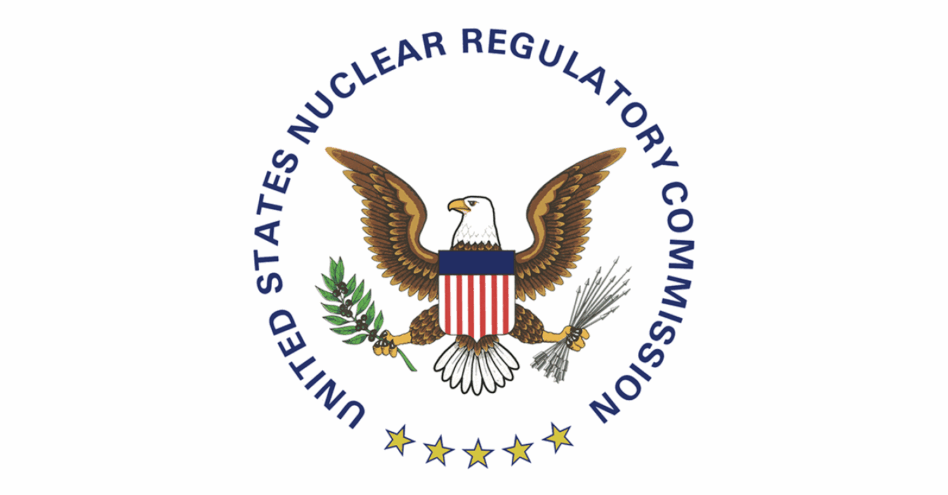The Nuclear Regulatory Commission has had a busy June.
In the past two weeks, the NRC has adopted new rules and policies to help advanced reactor companies get to market faster.
These actions are in line with the administration’s executive orders last month, which aim to establish support for new nuclear and create pathways for licensing, funding, and adoption. More specifically, the order titled “Ordering the Reform of the Nuclear Regulatory Commission” hinted at moves like the ones solidified in policy this month.
Let’s get a little more specific.
Good and cheap: The NRC is required to recoup a certain portion of its budget through fees each year. For 2025, that number is $808.8M. Those fees, imposed on companies seeking regulatory reviews from the commission, are an embedded cost in any nuclear company’s development timeline. They’ve been especially restrictive for companies attempting to build advanced reactors.
Under a rule published in the Federal Register on Tuesday, the hourly fee for advanced nuclear reactor applicants and pre-applicants will be cut by more than half—from $318 per hour to $148 per hour.
The fee cut was first outlined in the ADVANCE Act of 2024, which takes effect Oct. 1. A notice of this reduction was first published in the Federal Register in February.
- The fee change only applies to advanced reactor applicants. Other applicants will face a slightly elevated hourly fee for licenses, renewals, or amendments to make up the difference in fees.
Fuel up: The NRC is also aiming to streamline licensing activities for microreactor companies. Last week, commissioners announced that they plan to allow manufacturers to load fuel into certain microreactors before those reactors head to their final destination.
- Conventional reactors aren’t allowed to do this under current regulations, but the commissioners want staff to look into whether that’s possible.
- The streamlining of manufacturing and fueling would only apply to microreactor designs with built-in safety measures to prevent criticality in transit.
The move is in line with the NRC’s new mission to not unnecessarily limit the growth of the advanced nuclear sector. New nuclear is a key energy priority of this administration, and microreactors are being promoted to meet both military and commercial power needs.
Lead Reporter of Ignition




